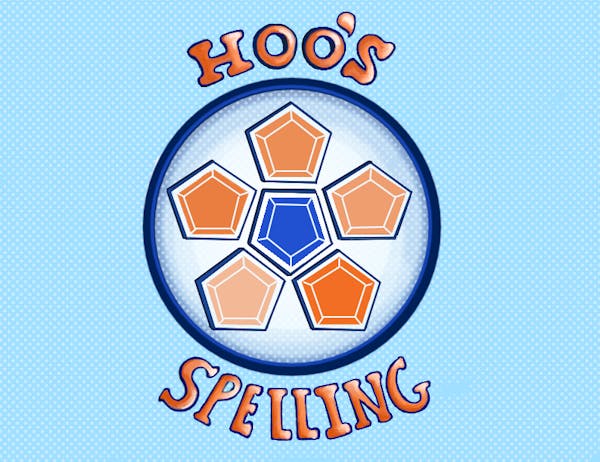Public universities in Virginia are taking heat for bundling hidden athletic costs in student fees. The University offers a broad overview of various components of student fees online but should be more upfront about the specific allocation of tuition and other mandatory fees.
That Virginia is the only state with universities that charge athletic fees greater than $1,000, according to The Washington Post, may be startling to some. Virginia is one of the few states that bar public universities from using tuition to subsidize athletics and requires universities to itemize the amount and distribution of fees on their websites. Many other states' universities, as well as private institutions, do not have legal obligations to disclose the breakdown of student fees. So although Virginia schools may be criticized for hefty athletic fees, other state and private schools may bury such fees in tuition or other obscure charges.
But hidden costs are disconcerting. Tuition is a substantial investment, and publicly releasing comprehensive lists of fees may help colleges avoid criticism from those skeptical about how their money is spent. Additionally, full disclosure and the public scrutiny it brings may hold the athletic department - and other sectors of the University - more accountable for the way it operates and spends money.
Nevertheless, there are more benefits to athletic fees than big stadiums and trophies. Ultimately, it is in the best interest of schools to maintain high-quality intercollegiate athletic programs. First, athletic events contribute to school pride and unity, which forges stronger connections among current students, fans and alumni. Second, these events help a school gain name recognition among a wide audience. Such connections may translate into a more vested interest in the University and lead to financial benefits in the form of gifts from alumni.
Increased awareness about the athletic and other student fees may boost student participation in University programs. The more students know, the more likely they will take advantage of the many things at the University that they already pay for. After all, if a student knows he is paying more than $600 in athletic fees, he might see more reason to go to as many games as possible.
One way the University might avoid criticism is to make the athletic fee an opt-out fee, much like the student activities fee. The benefit of this move, of course, is that it gives students more choice about what services and opportunities they want to accompany their educations. Offering this option seems less than ideal, however - for one, because the athletic fee is significantly higher than the student activities fee, more students likely would choose not to pay. If many people opt out, it becomes more difficult for the University to diffuse athletic costs among a large number of students. Additionally, administrators would have to put a policy in place to ensure fairness, such as by disallowing students who opt out of the fee to attend University athletic events. Thus, it seems likely that an opt-out fee could dampen attendance at sporting events.
Even if making such fees optional is not a feasible or desirable alternative, there are other steps that can help assuage tuition-payers' concerns. Athletic departments are certainly financially demanding aspects of any university, but everyone may benefit if schools publicly disclosed details about student fees and tuition. Such disclosure may benefit the University in the long run by creating a more engaged student body and stronger alumni base.






